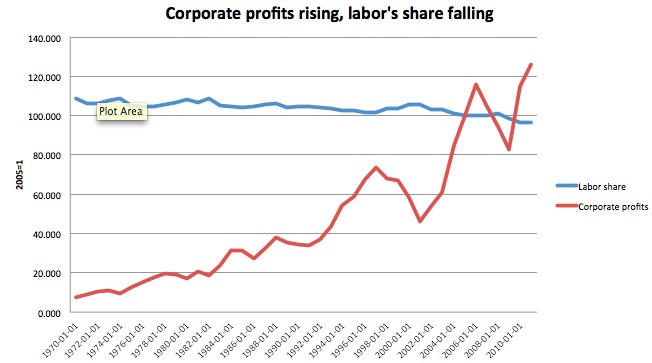IMF The era of cheap labor in China may be ending The Washington Post
Post on: 16 Март, 2015 No Comment

If China were a fire-breathing dragon, demographics would be the fleshy patch on its belly, the vulnerability that could slow its remarkable economic rise.
“China is on the eve of a demographic shift that will have profound consequences on its economic and social landscape, International Monetary Fund researchers write in a new paper examining whether the nation’s advantage in cheap labor relative to other emerging countries is on the verge of disappearing. Within a few years the working age population will reach a historical peak, and then begin a precipitous decline.
China has lots of people—but its demographics may mean its era of cheap labor may soon come to an end. (Catherine Henriette — AFP/Getty Images))
In other words, China may not be a place with cheap labor for much longer, and there is little the Asian giant can do about it.
“Looming demographic changes are large, irreversible and inevitable,” the IMF report says, as the supply of surplus labor in the countryside dries up, the country’s age profile skews ancient, and the number of young entrants to the workforce begins to decline.
China’s demographic constraint has long been recognized: The country’s one-child policy was adopted after the famines of the early 1960s but now leaves a nation that has depended on plentiful labor for its profound economic growth with a graying and soon-to-be-shrinking pool of workers.
Key age groups – the 20-something workers willing to leave home and shack in a company dorm – are already getting smaller. IMF researchers Mitali Das and Papa N’Diaye say the country may be only seven years from what’s known as the Lewis Turning Point.
That’s the moment where labor shortages push wages to the point where they offset increases in productivity. Identified by Caribbean development economist Arthur Lewis, it’s type of dividing line in a country’s development. Before reaching the Lewis Turning Point, companies find it so profitable to hire extra workers that they have a built-in incentive to keep expanding and recruiting employees from the countryside. After the turning point, staffing and investment decisions become more complicated, and a country’s natural wage advantage subsides.

It is not a natural law: Some countries begin the process and seem to get stuck. Others (think Korea or Japan) easily blast through as they develop their own technical or other advantages that fuel growth and hiring.
From a pure demographic perspective, there’s little doubt that in the coming decades China will be a very different place than it’s been since its economic opening changed world manufacturing patterns over the past quarter-century. Already, there are signs it is no longer the slam-dunk best place to build a factory. The rush of foreign investment has ebbed, some companies have taken jobs back to the United States, and countries like Mexico and Malaysia are considered alternatives without some of China’s peculiar risks.
What it all means for United States and other businesses and workers is another story. The simplistic conclusion – rising wages over there means more jobs over here – only captures part of the dynamic, and perhaps a very small part of it. For industries of interest to the United States – higher-end manufacturing or technology and research-heavy fields – China may well fight to become or remain competitive as it works through its demographic lean years. Once a country’s wage advantage disappears, those higher value-added jobs become more important.
Analysts have long wondered when that moment would arrive. With manufacturing wages fast outpacing productivity, and government policies shielding technology and other favored industries, InterChina Consulting president Jan Borgonjon said it has likely arrived.
For China, the researchers write, “the long term is getting closer and closer.”














